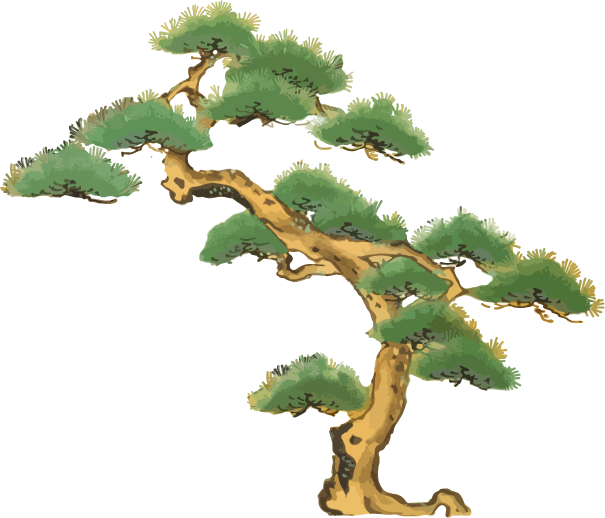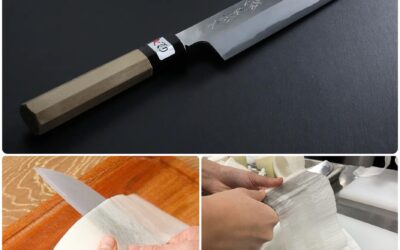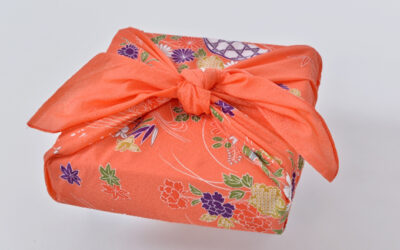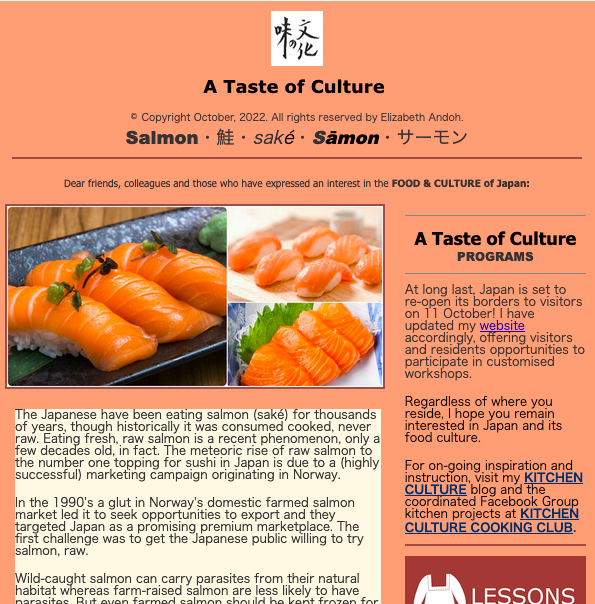Kitchen Culture
Tasty tidbits from the old-fashioned Japanese kitchen
Symbolic Pine
Because pine trees are hardy evergreens, they are a symbol of longevity and resilience in Japanese culture. As such they are a key motif used at New Year’s. Various foods are configured to evoke the image of pine needles (matsuba 松葉 ) and pine cones (matsukasa 松笠 )....
Katsura Muki, gossamer thin peels
Daikon radish is peeled into long, seemingly impossibly thin ribbons in a cut known as katsura muki. The skill needed to produce these peels is the most basic requirement in any Japanese professional kitchen. It typically takes months (if not years) of daily practice...
Tsutsumu… wrapping, enveloping
Written with calligraphy for “bath” (furo 風呂) and “spread out” (shiki 敷) the word is rather curious for a piece of cloth. It seems the origins hark back to the Muromachi Period (1336-1573 AD) when Daimyo lords would spread out a cloth in which to wrap their clothing...
Escape the Lingering Heat
The ancient, lunar-based koyomi almanac marks the start of autumn with risshū 立秋. When hot weather continues beyond that time, the phenomenon is referred to as zansho 残暑, literally "lingering heat." On the Gregorian calendar, this year (2025) risshū arrived on August...
Summer Festival Food: YATAI
Throughout Japan summertime is a time for natsu matsuri: summer festivals. And that means hanabi 花火 (fireworks), mikoshi 神輿 (portable Shinto shrines paraded through the streets during festivals), and bon odori 盆おどりdancing in addition to yatai 屋台 food stalls. Lilting...





